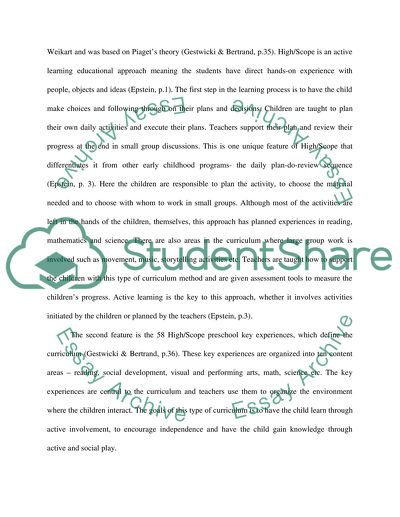Cite this document
(High Scope and Reggio Emilia Curriculum Methods Essay, n.d.)
High Scope and Reggio Emilia Curriculum Methods Essay. https://studentshare.org/education/1513904-highscope-and-reggio-emilia
High Scope and Reggio Emilia Curriculum Methods Essay. https://studentshare.org/education/1513904-highscope-and-reggio-emilia
(High Scope and Reggio Emilia Curriculum Methods Essay)
High Scope and Reggio Emilia Curriculum Methods Essay. https://studentshare.org/education/1513904-highscope-and-reggio-emilia.
High Scope and Reggio Emilia Curriculum Methods Essay. https://studentshare.org/education/1513904-highscope-and-reggio-emilia.
“High Scope and Reggio Emilia Curriculum Methods Essay”. https://studentshare.org/education/1513904-highscope-and-reggio-emilia.


